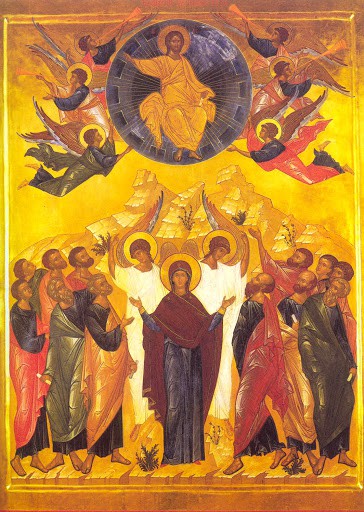FEAST OF THE ASCENSION OF OUR LORD
Today, May 18, is the Feast of the Ascension of our Lord Jesus Christ (Hampartsoum), which is commemorated forty days after Easter. The universal church has celebrated the Ascension since the fourth century. According to biblical scripture the Ascension took place in the village of Bethany, on the Mount of Olives, in the presence of the disciples. After giving them commandments and blessings, the Lord was “was taken up into heaven and sat down at the right hand of God” (Mark 16:19), and “a cloud took him out of their sight” (Acts 1:9). The Gospel of Matthew and Luke concludes with the Ascension.
In the early centuries of Christianity, Hampartsoum was one of the most popular feast days for the faithful and was celebrated with merriment and festivities. There are many Armenian traditions associated with this dominical feast. Perhaps the most well-known is fortune-telling (vijagakhagh), especially for young women anticipating their future as memorably portrayed in the Armenian opera Anoush.
“Our Lord ascended into heaven saying to his disciples: Remain in the city of Jerusalem until you have been clothed with power from on high.
With one heart, one mind, one faith the holy apostles gathered and stayed in the holy Upper Room awaiting the coming of the Holy Spirit.
Suddenly he appeared like the brilliance of light and rested on the holy apostles while they were sitting in the holy Upper Room.
Our lord Christ, while blessing ascended with the clouds of heaven, and having worshipped him the apostles returned to Jerusalem and with one accord began to send up prayer.
The lord entered heaven, surrounded by thousands of armies of angels who cried out and sang: Blessed is he who comes in the name of the Lord!
Having sat at the right hand of him who begot him he fulfilled the promise of the gifts; the comforter, the Holy Spirit, will come to you to pour out on you great mercy.” (Canon for the Ascension of our Lord Jesus Christ, according to the Liturgical Canons of the Armenian Church)

